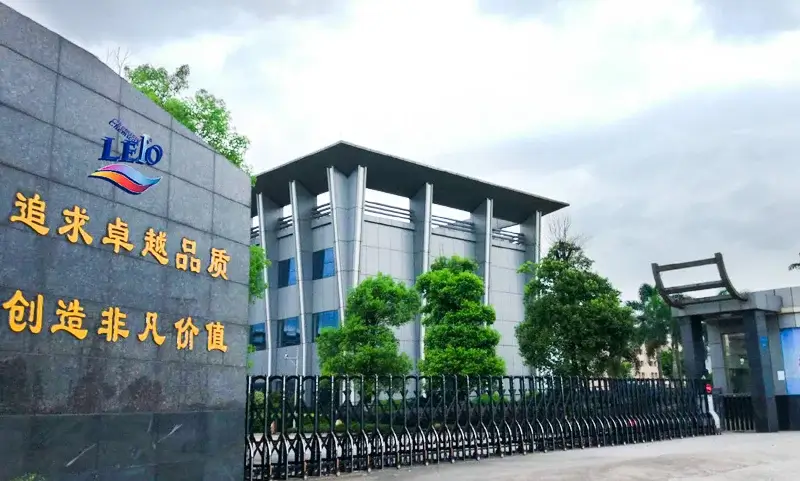Can mica pearlescent pigments be uniformly dispersed and directionally arranged in plastic resins, affecting the pearlized color effect? This is a crucial aspect.
(1) Rotational Molding
In rotational and centrifugal molding processes, start by preparing a concentrated slurry of plastic resin and pearlescent pigments. Pour this concentrated pearl slurry into a rotating drum with a smooth inner surface. Under the influence of centrifugal force, the resin adheres uniformly to the drum’s surface, causing pearl pigments to align parallel to the drum’s surface. For polyester resin injection molding, the recommended pearlescent pigment addition is generally 1.5% to 5% of the resin mass. Adjust the quantity based on resin transparency and color intensity.
Formulation Example:
Purpose: Pearlized polyester button blanks
Quality Requirements: Should exhibit a pearl luster and possess sufficient hardness, flexibility, and withstand drilling and cutting processes.
5~25μm sapphire blue or emerald green iridescent pearl pigment: 11.5g
Polyester resin + styrene monomer (950g of polyester resin): 1000g
Diacetyl peroxide: 10g
Zinc cobaltate: 0.75g
UV stabilizer: 3g
Ensure resin viscosity is around 104mPa·s; adjust with styrene monomer if viscosity is too high. Solidification time at room temperature should be controlled around 8~10 minutes.
(2) Flat Injection Molding
Pour the well-mixed resin mixture into a mold made of flat glass or stainless steel and immerse it in a water bath at 70~80℃. To achieve directional arrangement of pearlescent pigments, fix the mold on a guide rail capable of reciprocating motion. When the mold moves horizontally back and forth, pearlescent pigments close to the mold’s bottom move with the mold wall due to friction, resulting in a uniform and fine directional arrangement during the curing process.
Formulation Example:
5-60um silver or iridescent pearlescent pigment: 12.5g
Acrylic monomer: 8.5g
(Pre-mix the above two components into a concentrated pearl slurry, then mix uniformly with the following components)
Polyacrylic resin solution: 1000g
Mercapto peroxide: 10g
UV stabilizer: 2.5g
(3) Extrusion Molding
Extrusion molding is mainly used for producing continuous profiles and plastic pellets, such as plastic pipes, rods, cable coatings, and plastic profiles.
Formulation Example:
Purpose: Pearlized cosmetic packaging bottles, safety helmets, pearlized plastic basins, buckets, trays, and bathroom components.
PET, AK, LDPE, PP, PS, etc.: 1000g
560μm silver or iridescent pearlescent pigment: 8.5~10g
Acrylic monomer or styrene monomer: 5.0g
Plasticizer (dibutyl phthalate): 3.0g
UV stabilizer (such as 2,4-di-tert-butylphenol): 2.5g
Heat stabilizer (such as antimony thiol): 2.5g
(4) Biaxial Stretching
Biaxial stretching is ideal for producing plastic films (BOPP) with the best pearlized effects. It enhances the directional arrangement of pearlescent pigments in the resin.
Formulation Example:
Purpose: Pearlized films for ice cream, soft drinks, biscuits, candies, and napkin packaging.
PET, LDPE, PP, PS, etc.: 1000g
45% content of 5~25μm silver pearlescent pigment masterbatch: 6.75g
Corresponding monomers: 5.0g
Plasticizer (triphenyl phosphate): 2.5g
Photothermal stabilizer (QU-10): 2.5g
Please note that technical terms and measurements have been retained to maintain the accuracy of the information. If there are specific terms or phrases you’d like further clarification on, feel free to ask!
